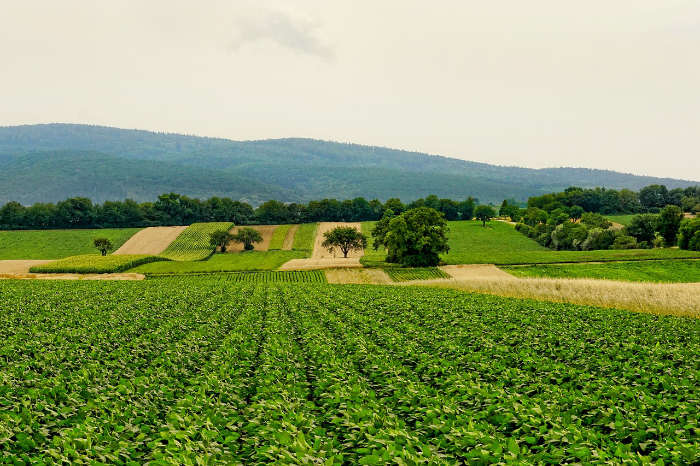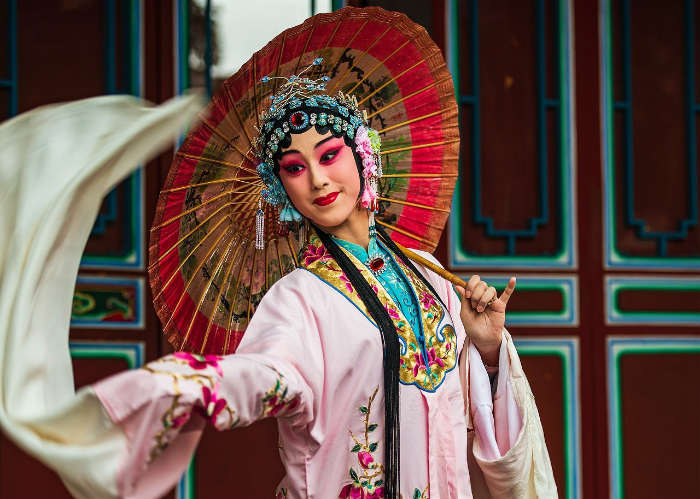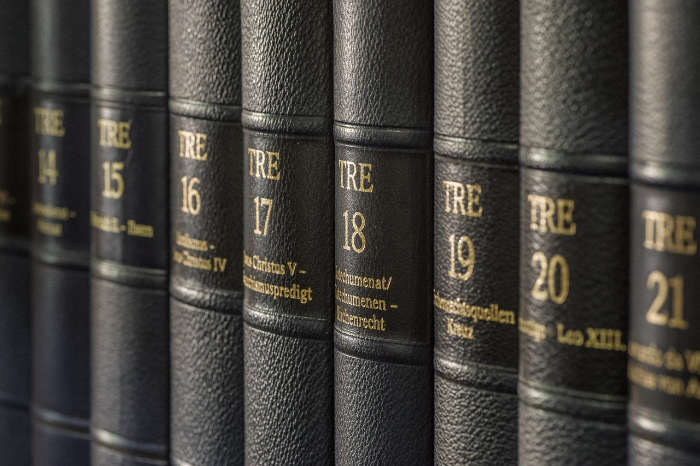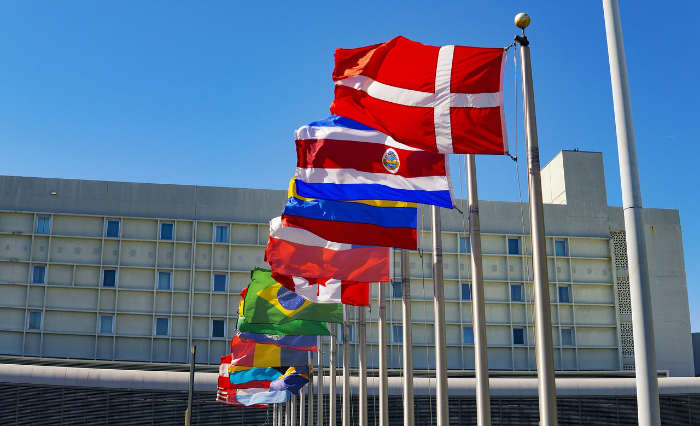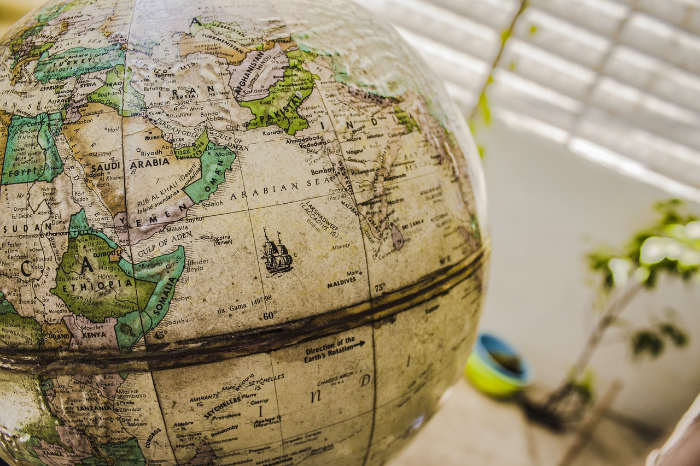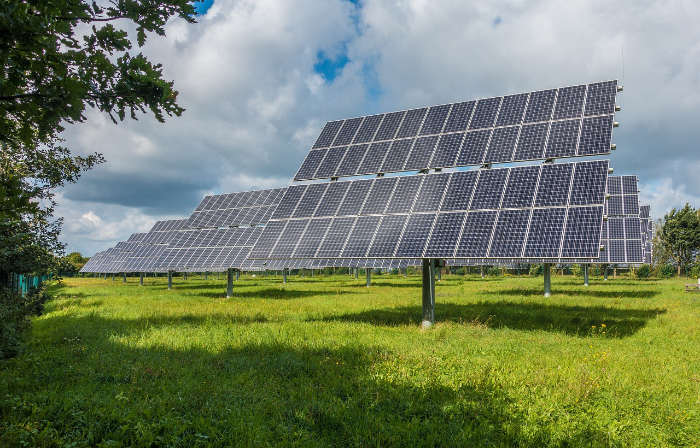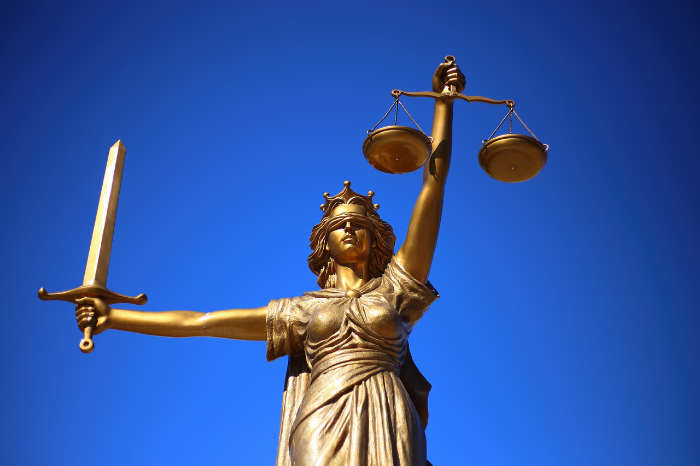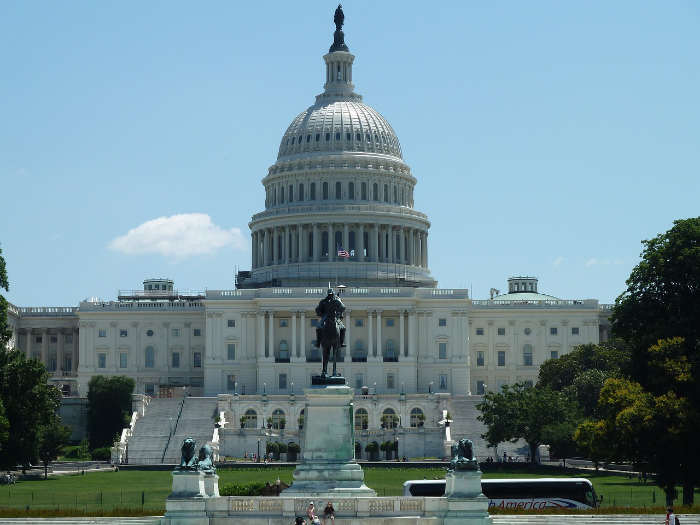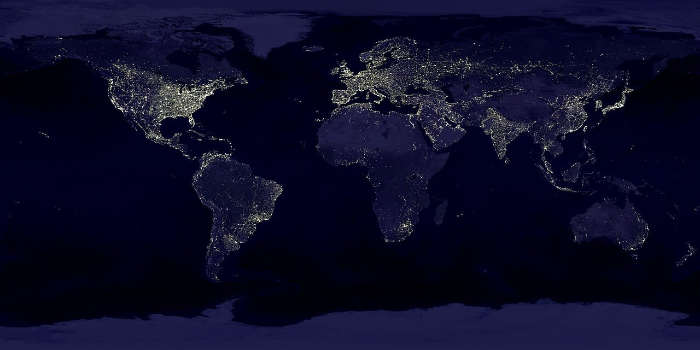Women's Right to Vote by Country 2025

Yes
No
Women Have Right to Vote
- All modern countries that were previously part of Yugoslavia (Serbia, Montenegro, Croatia, Slovenia, Bosnia and Herzegovina, Kosovo, and North Macedonia) introduced female voting in 1945.
- Czechia and Slovakia were part of Czechoslovakia when the country granted voting rights to women in 1920.
There is one country on Earth that does not give anyone the right to vote, and that is Eritrea. This is a country that has no history of free elections, but it was only granted its independence in 1993.
The first country to give women the right to vote with the Pitcairn Islands, which gave them this right in 1838. In 1840, the Kingdom of Hawaii gave women the right to vote, but Hawaii would eventually become a United States territory. There were several other countries that gave women the right to vote in the nineteenth century, including the Isle of Man, the Cook Islands, and New Zealand.
Which Countries Gave Women the Right To Vote in the 20th Century?
The vast majority of countries gave women the right to vote in the 20th century. One of the first ones to do so was Australia, which gave women the right to vote in 1902; however, indigenous populations did not get the right to vote until 1962. Someone gave women the right to vote in 1906, and Canada followed suit in 1917. The end of World War 1 was a big year for women, as several major countries gave women the right to vote around this time. This includes Germany, Austria, Ukraine, Russia, the Netherlands, Belgium, and the United Kingdom.
What Pushed Countries To Give Women the Right To Vote?
Women gaining the right to vote happened in waves. There are several reasons why women gain the right to vote at different times. Major wars were certainly a driver of giving women the right to vote, as World War I pushed the majority of countries on Earth to at least consider giving women the right to vote. Social movements and cultural diffusion also gave women the right to vote, as did the calculations of various major political parties, all of whom viewed winning the support of women as a way to hold onto power. Even though different countries have different reasons for giving women the right to vote, there are a few common themes across the world.
What Were the Impacts of Giving Women the Right To Vote?
Giving women the right to vote has been viewed as a universal positive. The vast majority of countries experienced significant economic growth after giving women the right to vote. In addition, social support became significantly stronger after women were given the right to vote, as countries continue to pour resources into classes that were previously marginalized and underserved. Finally, giving women the right to vote has also encouraged everyone to participate more in government. When more people have a voice, the government does a better job of advocating for the advancement of everyone instead of just a select few. For all of these reasons, countries have slowly given women the right to vote, one at a time. There are still a few countries that do not have free elections at all.
